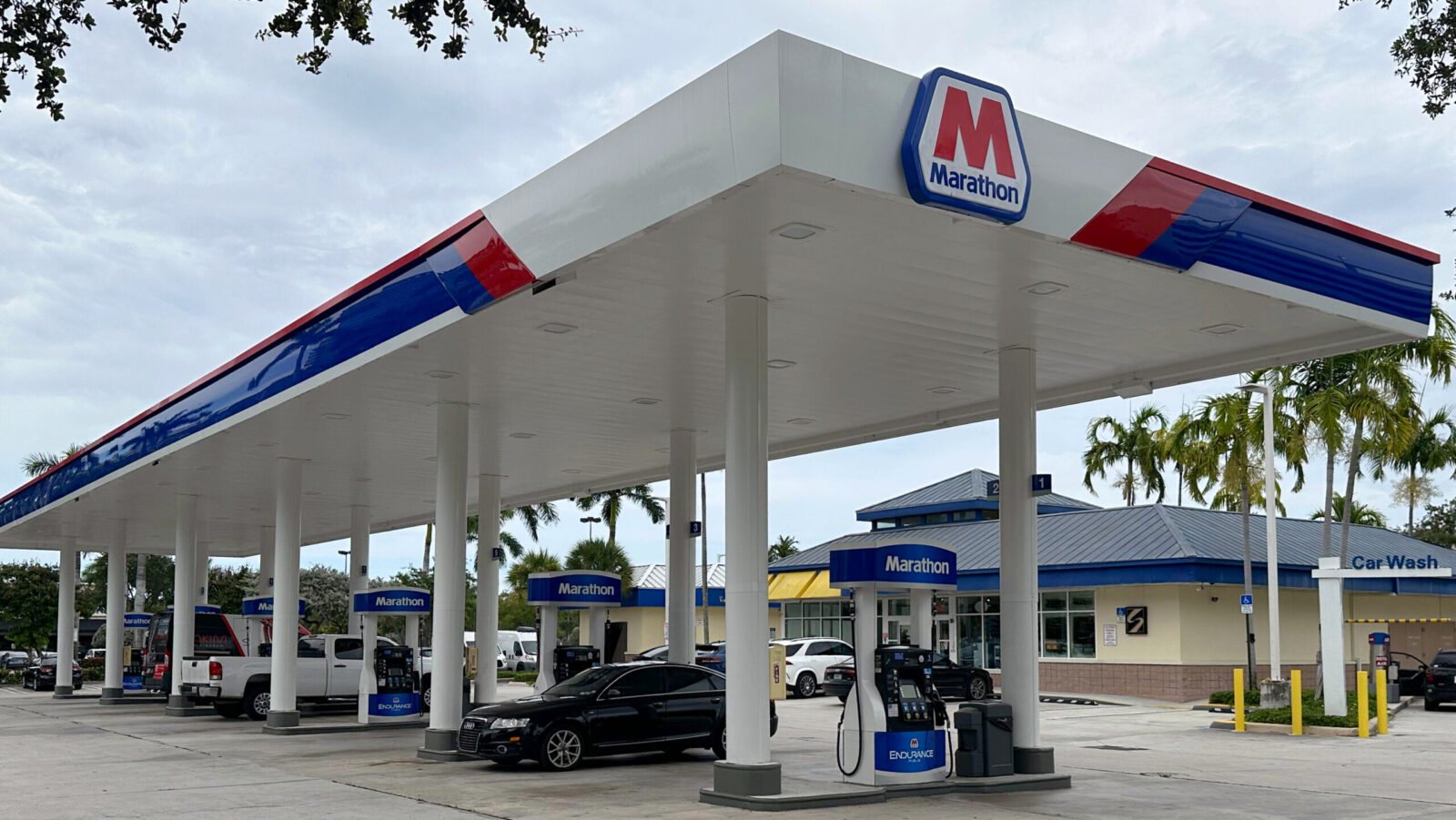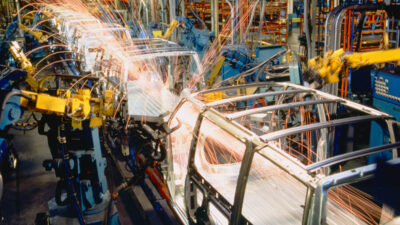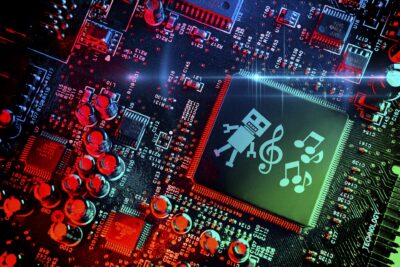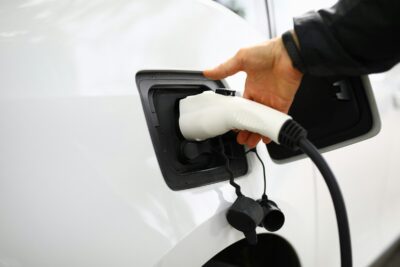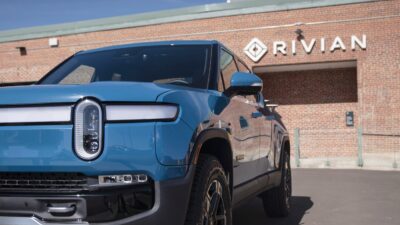Amping Up: Harnessing Innovation and Efficiency to Modernize the US Power Grid
The current surge in energy demand is virtually unprecedented since the mass effort to electrify America immediately following World War II.
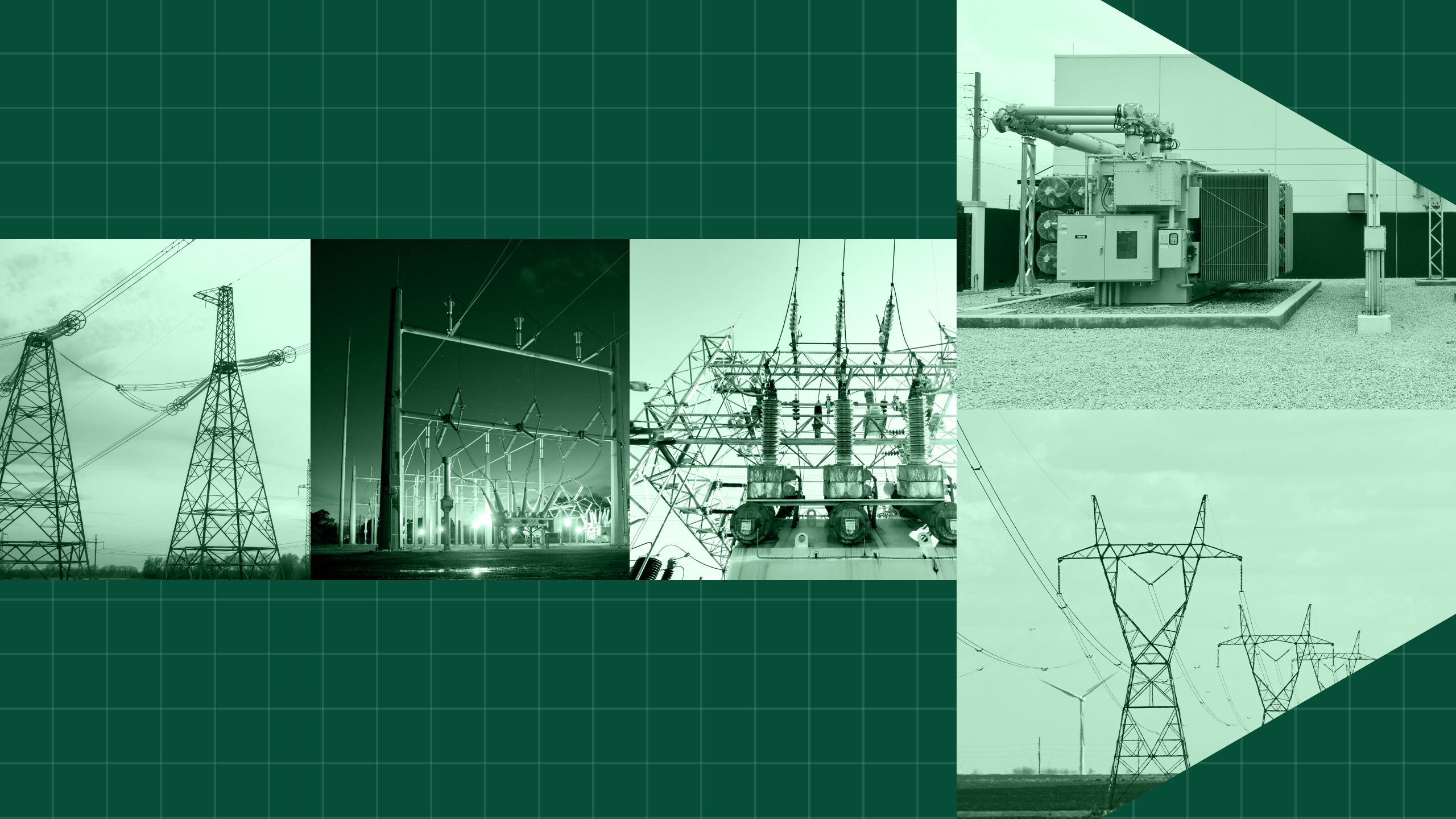
Sign up for smart news, insights, and analysis on the biggest financial stories of the day.
Time for a pop quiz: Halfway through 2025, which company is the second-best performer on the stock market so far this year?
The top spot, of course, belongs to Palantir, the AI-powered data analytics firm co-founded by venture capital titan and friend-slash-financial-backer of the White House Peter Thiel, which has secured a slew of high-profile government and defense contracts under the current administration. But you already knew that.
Second place, however, is a little more obscure. That title belongs to a little (well, $28 billion market cap, so not that little) or rather little-known Texas-based firm, NRG Energy.
Why? Because, as we reported in our Sunday Deep Dive last weekend, the US energy grid is in bad shape — outdated and now overtaxed by a sudden surge of energy demand caused by everything from extreme climate events to massive new artificial intelligence data centers and deep blockchain-mining expeditions. And NRG Energy, whose share price is up over 70% year-to-date, has a hand in nearly every part of the energy ecosystem and is growing into a significant player in the monumental task of adapting the decades-old US power grid for the modern age.
The enthusiasm is a tell for just how big a task the modernization of US energy infrastructure will be.
We Have the Data
To recap, the surge in energy demand currently underway and predicted to persist for the next few years is virtually unprecedented since the mass effort to electrify America immediately following World War II. And it’s not just data centers. The “electrification of everything” is contributing to the surge in demand, too. A push to achieve net-zero emissions across industries has finally been met with optimal cost-benefit analysis, which means energy-intensive industrial processes — from the operations at steel mills to creating concrete — are increasingly powered by the energy grid, adding further stress.
“Heavy industries, as they electrify, are becoming essentially sort of small utilities in their own right, in terms of power-demand size,” Tom Sisto, CEO of on-site battery storage system company XL Batteries, told The Daily Upside.
Meanwhile, extreme weather events are expected to become more frequent in the coming years, putting more stress on the grid (think this summer’s epic heat dome across the eastern half of the US, which prompted millions of US homes to crank up the AC, which in turn triggered spates of blackouts across the region and an emergency order in the southeastern US from the Department of Energy).
Still, Silicon Valley is behind much of the new power demand. A report from the International Energy Agency published last year found that data center energy consumption is expected to double by 2030, accounting for roughly 9% of all power demand on the US grid.
Synchronized Swimming
And just as bad, if not worse, than the intensity of the new power demand? The complexity of the new data centers. Or rather, lack thereof. In the past decade, the typical cloud-computing data centers powered all sorts of digital activities, with some pockets of servers beaming Netflix shows into living rooms, others connecting users to email, and still more powering games of Fortnite. There was a lot of activity, but it nonetheless tended to balance out to an average power demand.
On the other hand, new age AI-powering data centers — particularly those using massive chipsets to train AI models — operate in a “synchronous work” capacity, moving and demanding power as one unit through different processes.
“What happens is they may hit a point in the code where it’s like, ‘Stop for a check-in,’ and then all 100,000 chips go to zero [power demand] all at once for a 20-millisecond check-in on the line of code,” Sisto told The Daily Upside. In other words, the synchronous work of AI data centers creates significant and sudden swings in energy demand. That’s not great for the old US grid.
“The behavior of data centers has the potential to cause cascading power outages for an entire region,” Alison Silverstein, a former senior adviser to the chairman of the Federal Energy Regulatory Commission, recently told Reuters.
A Reuters report from March analyzing disclosure filings by the Electric Reliability Council of Texas (ERCOT), the Lone Star State’s main grid operator, found more than 30 near-miss blackout incidents since 2020 triggered by data centers and crypto mines suddenly switching offline.
The increasing number of data centers coming online is a major reason why the North American Electric Reliability Corp., an international regulator working to reduce risks to grid reliability, stated in a recent report that nearly all of the US will face an increased risk of energy shortfalls over the next five to 10 years.
System Shock
Which means it’s just as important for data centers to find ways to stabilize the ways they’re using power — establishing what Sisto calls “shock absorbers” for energy usage — as it is for them to access more power.
“There are a number of ways of attacking [stabilizing energy usage at data centers],” Sisto said. “None of them are the silver bullet. It’s going to be a combination of things.”
One major component of that will likely be batteries, which help data centers smooth out their grid-rattling energy usage patterns.
Tax credits from the 2022 Inflation Reduction Act have helped accelerate growth in the energy storage industry. A 2023 report from McKinsey estimated the battery energy storage systems market will reach $150 billion in value by 2030, more than double its size in 2023. That includes startups such as XL Batteries, as well as major players like Tesla, Panasonic, General Electric and, who could forget, NRG Energy.
Virtual (Power Plant) Reality: The grid modernization effort hardly stops there. Significant innovation gains, such as the rise of “virtual power plants” (VPPs), are creating newfound avenues for efficiency. In short, VPPs enable the decentralized, distributed nature of modern energy grids — where power can come from solar, wind, batteries, and other resources simultaneously — to act as a single, coordinated source, much like a traditional power plant of the past.
VPPs can then act in unison with individual customers, be it commercial businesses or homes (by connecting virtually with everything from thermostats to home appliances), to efficiently increase and decrease power supply in accordance with surging demand. For example, instead of local municipalities blast-texting residents to turn off the AC during peak hours of a heat wave to avoid a blackout, VPPs can effectively fine-tune scores of thermostats at once to ease the overall burden on the grid.
Such coordinated demand-side flexibility can curb demand from less vital sources to prevent major blackouts while maintaining critical functions — like keeping the lights on at the hospital — in the process.
“Instead of having to use the very blunt tool of shutting off a whole neighborhood, we can make small adjustments to thermostats,” Paul Hines, vice president of power systems at VPP software company EnergyHub, told The Daily Upside.
In a recent LinkedIn post, EnergyHub said that by utilizing such VPP efficiency tools, the company was able to help local grids reduce their energy load by about 900 megawatts during last week’s heat dome, which Hines compared to about “a good-sized nuclear power plant’s worth of power that was reduced.”
It’s just another tool that may soon become the new normal of grid modernization — to avoid what could be a less pleasant new normal of frequent blackouts and unreliable power.
“We see bridges crumbling, and we see roads that struggle and need to be worked on. But the grid is kind of silent in that regard, right?” Sisto said. “You turn the lights on and they turn on. Your fridge always works, and that’s the way it should be. So I think that’s kind of where it’s an interesting thing that you don’t notice until it’s a problem. And so getting in front of that is something I think that is really important.”
